Are you surprised to learn that the best shrimp for tempura is….prawns! Tempura featuring prawns (or shrimp) is a delicious Japanese dish.
The best shrimp for tempura is large, Jumbo or Tiger prawns. Each prawn is carefully prepared in the Japanese style, with a straight (not curled) presentation, covered in fried batter and accompanied by a sweet tempura dipping sauce.
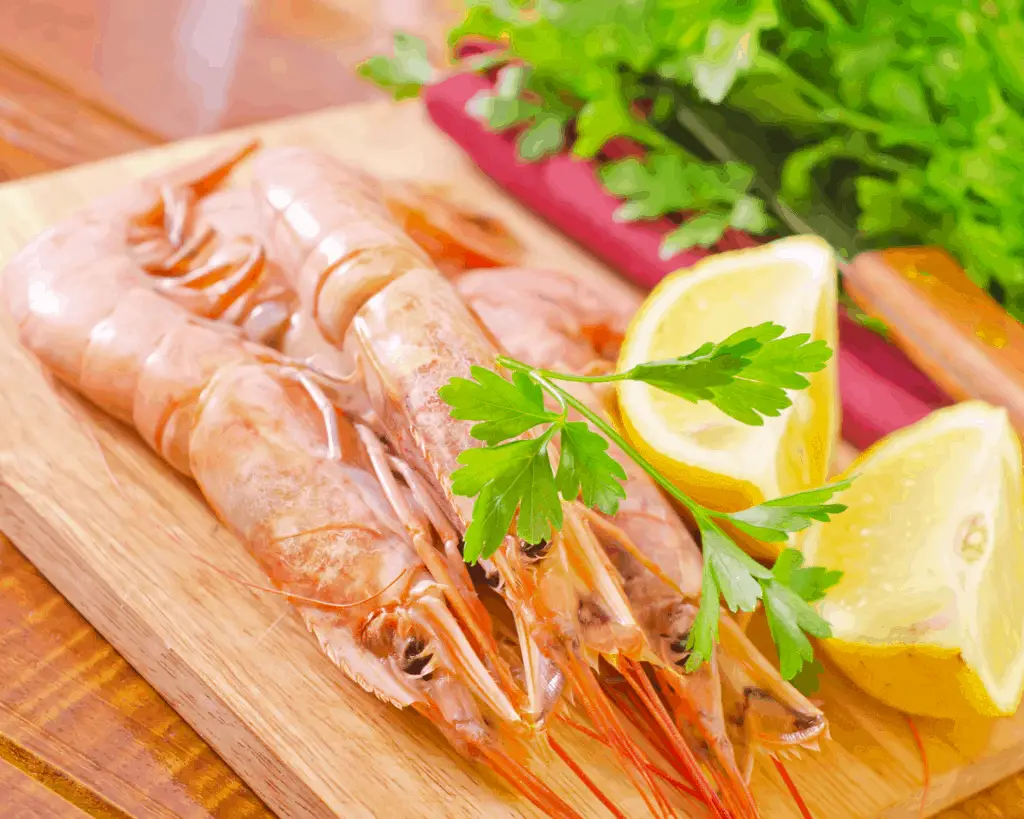

Excellent Japanese cooking features careful attention to the details. Let’s look a little closer at shrimp tempura.
What is the Best Shrimp for Tempura?
Shrimp is a common crustacean in a slightly different sub-species to its cousin, the prawn. When making tempura, it is best to choose large prawns (not shrimp) and look for the freshest-possible prawns of a good individual size.
Technically in the “decapod” family, prawns (and shrimp) have ten feet and a thin exoskeleton. They have three body parts and each section of a prawn’s body is separate, which creates one of the differences between a prawn and a shrimp (shrimp can curl up more easily due to their body structure). Prawns have three pairs of claw legs, while shrimp only have one.
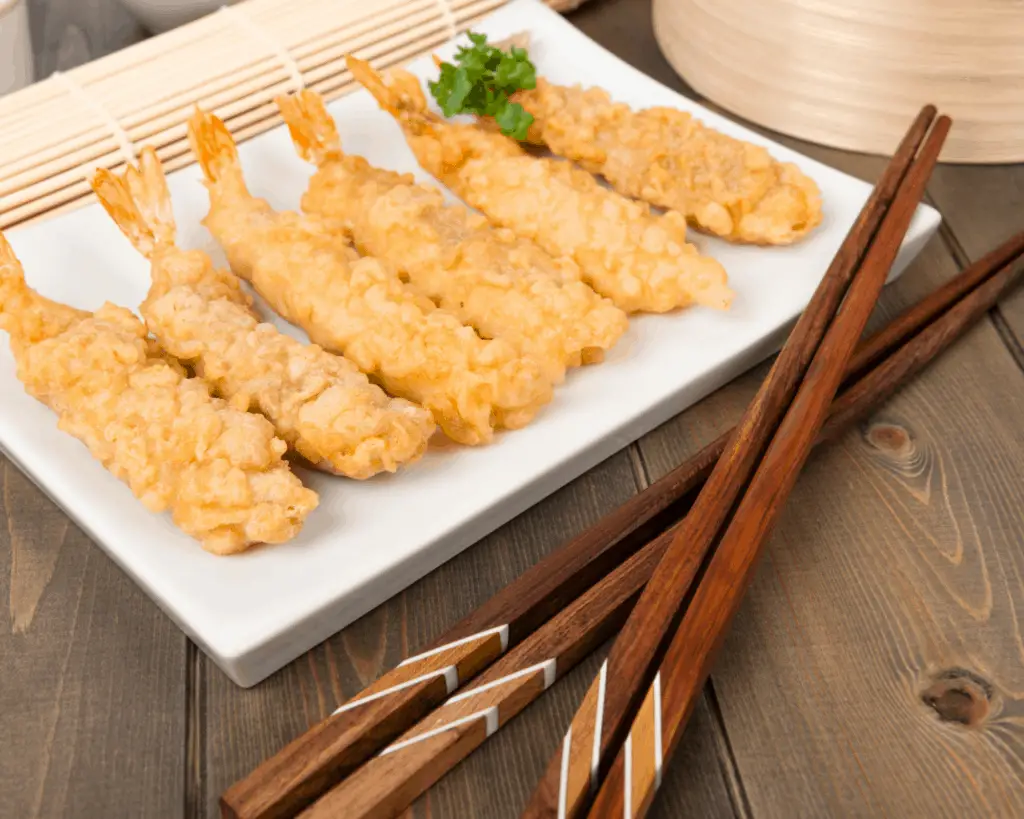
Shrimp and prawns can be found in fresh and salt waters. Although generally, shrimp are smaller than prawns, this is not always the case. In Japan, the type of prawns selected for tempura (and in sushi preparation as well) is called “kuruma-ebi.”
Crustaceans are an excellent source of protein and have a low-calorie count. Common in seafood, prawns are high in positive omega-3 fatty acids. They also provide a good source of the antioxidant selenium, as well as B12, iron and phosphorus.
Preparing the Prawns
There are three key components to prawn tempura preparation:
- Shellfish preparation
Each prawn is individually prepared by removing the shell and deveining (the tail is left on during frying/serving)
- Tempura batter
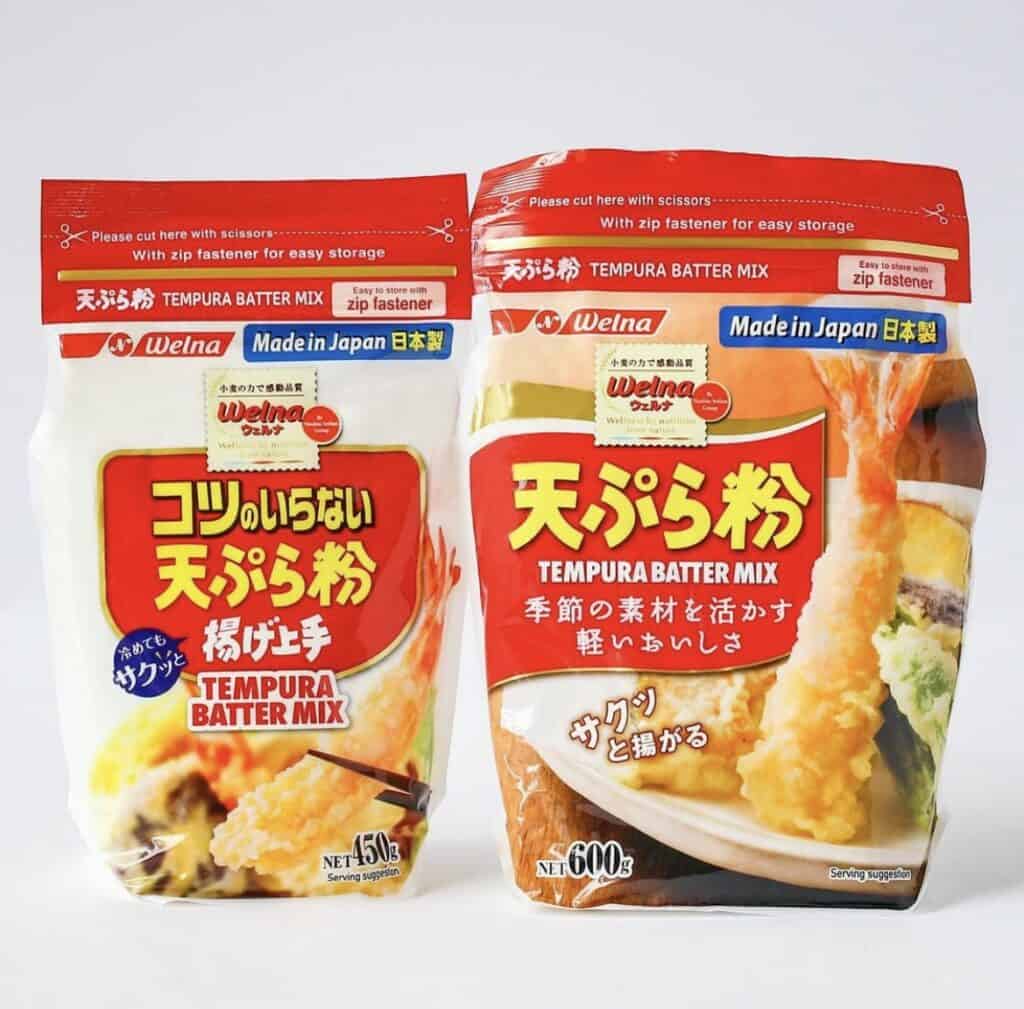
The prawns must be dried off before they are dipped in a specially seasoned tempura coating
- Deep frying temperature and timing
Oil suitable for high heat is used at medium-high heat (340 – 375 degrees) and each prawn requires about one minute’s immersion
Restaurant tempura features long, skinny-looking prawns. To achieve this presentation, when shelling the prawns, make 4-5 cuts across the width of the shrimp meat on the underside. Turn the prawn over after scoring, and press flat gently (being careful not to break the prawn body into pieces — only press until you feel a slight crack). The prawn will remain “straight” during the battering and frying process.
Some cooks believe that using bread crumbs in their tempura batter makes a crispier cooked prawn. However, traditional tempura batter does not contain bread crumbs and is well seasoned, giving the cooked meat a distinct taste. The key to excellent tempura batter is to not over-mix and to keep the batter cool during the cooking process.
How about the Dipping Sauce?
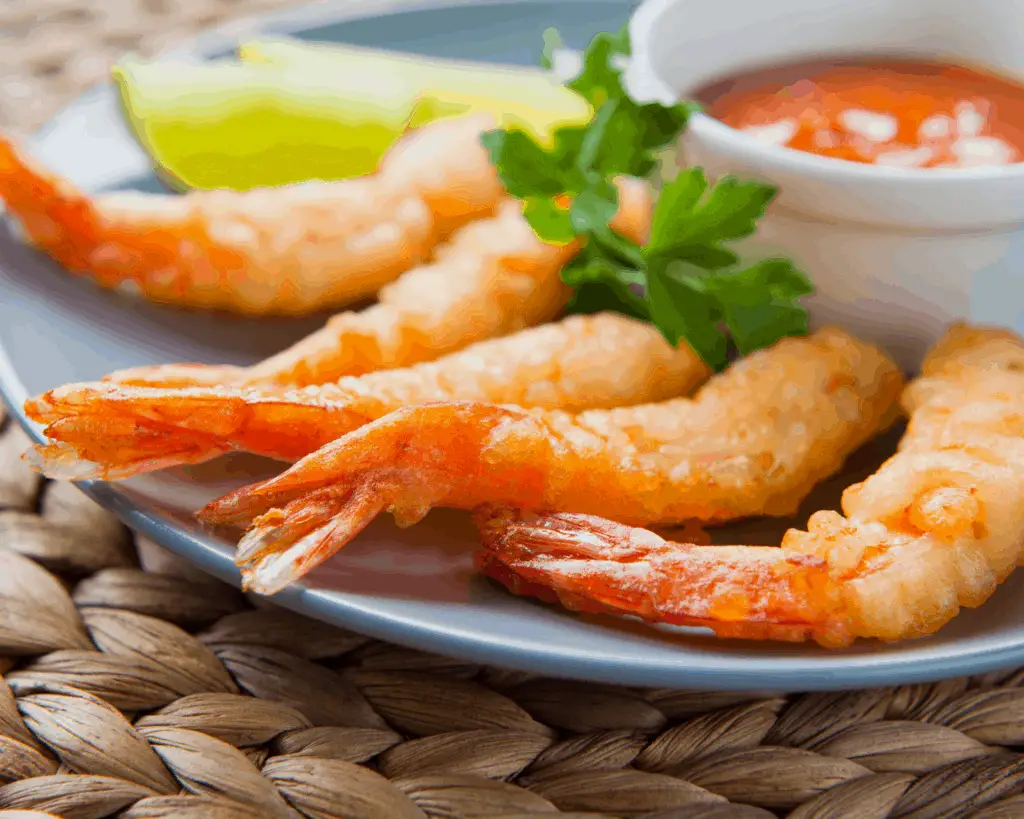
Japanese tempura is served with an accompanying dipping sauce. Although master chefs hold their sauce recipes close, the typical tempura condiment features stock, soy sauce and mirin. With sugar added, tempura sauce is often quite sweet and provides a deliciously thick stickiness for the fried prawn meat.
The dipping sauce is cooked and cooled. It forms a heavy sauce that is both sweet and sticky. Scallions and shredded daikon radish can be added just before serving.
Remember that prawn tempura will need to be cooked at the last minute for freshness and to keep them warm and crisp. If you find that your prawns are soggy, the batter is likely retaining too much oil during the cooking process. You may need to cook for a shorter length of time, heat the oil further or blot the cooked pieces with an oil-absorbent paper towel.
Authentic Japanese Tempura
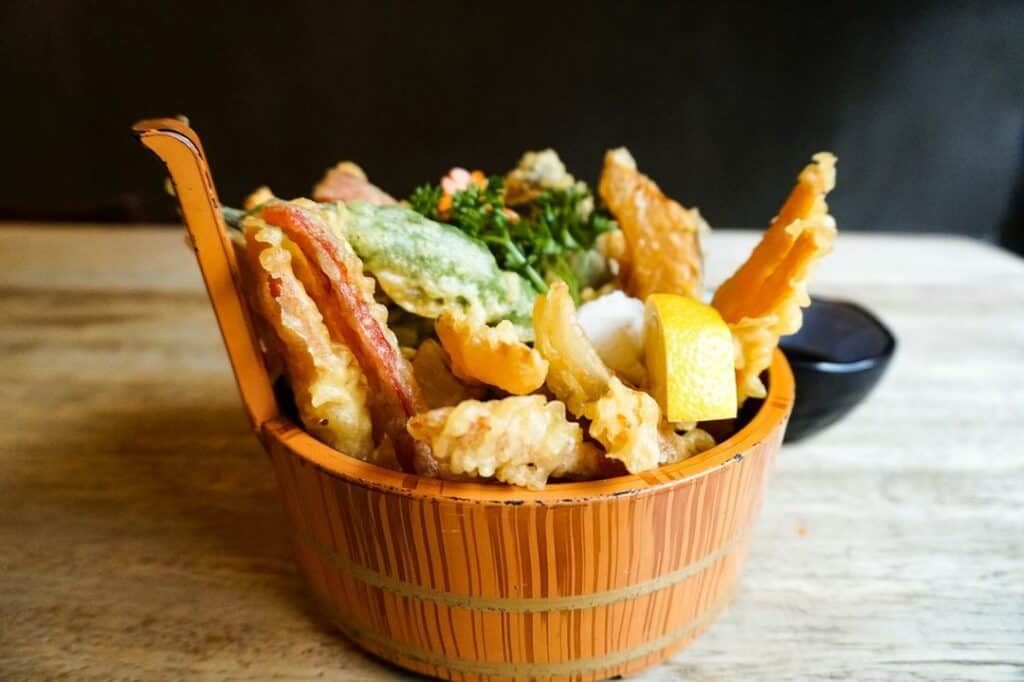
Tempura arrived in Japan by way of the Portuguese in the 16th century. Portugal’s tradition was to deep-fry battered green beans and European sailors brought the technique to Japan. Over time, the Japanese delicacy of tempura, with ever-lighter versions of the batter process, emerged.
In Japan, the ideal seafood for tempura is Tokyo Bay kuruma-ebi or Japanese tiger prawns. Tempura battering and deep-frying also feature vegetables such as sweet potatoes, onion, carrots, string beans and mushrooms.
Whether in New York City, Paris or Tokyo, tempura is a much-loved side dish or main entrée feature. Knowing where to get the freshest, largest prawns and how to prepare them for deep-frying will ensure a lovely home-cooking experience for you, as well.